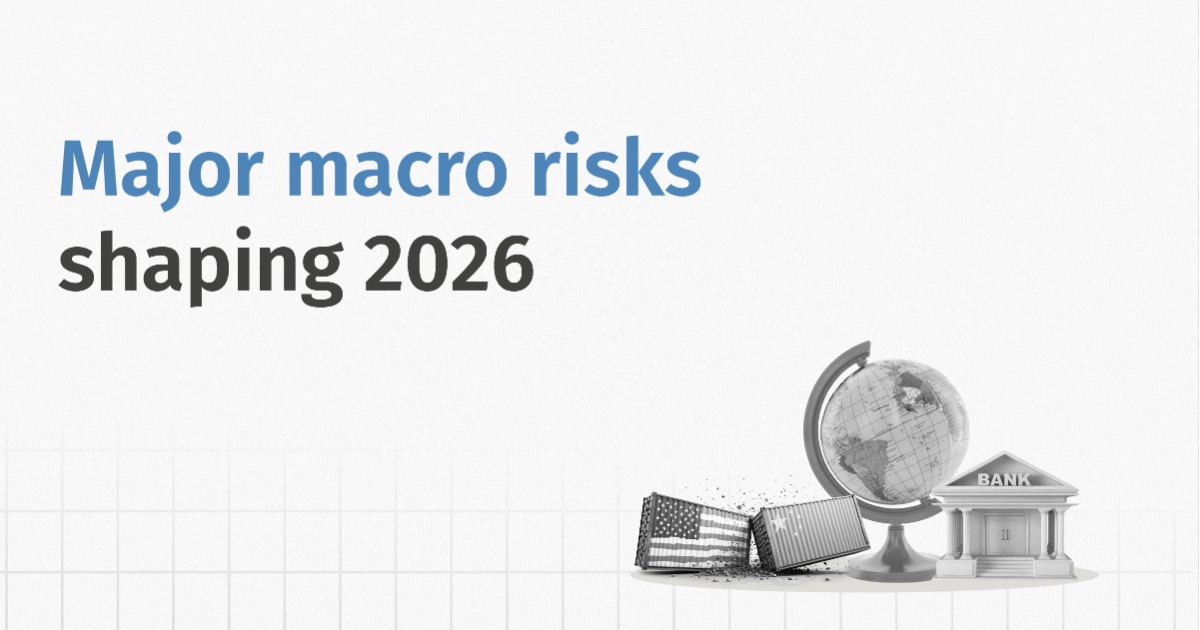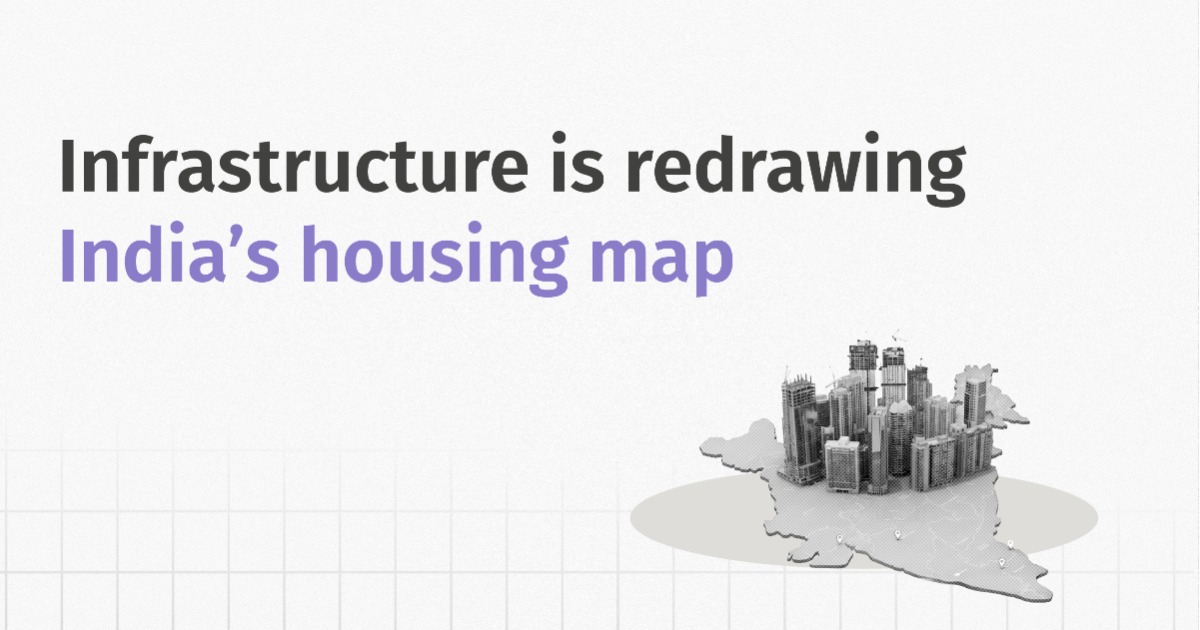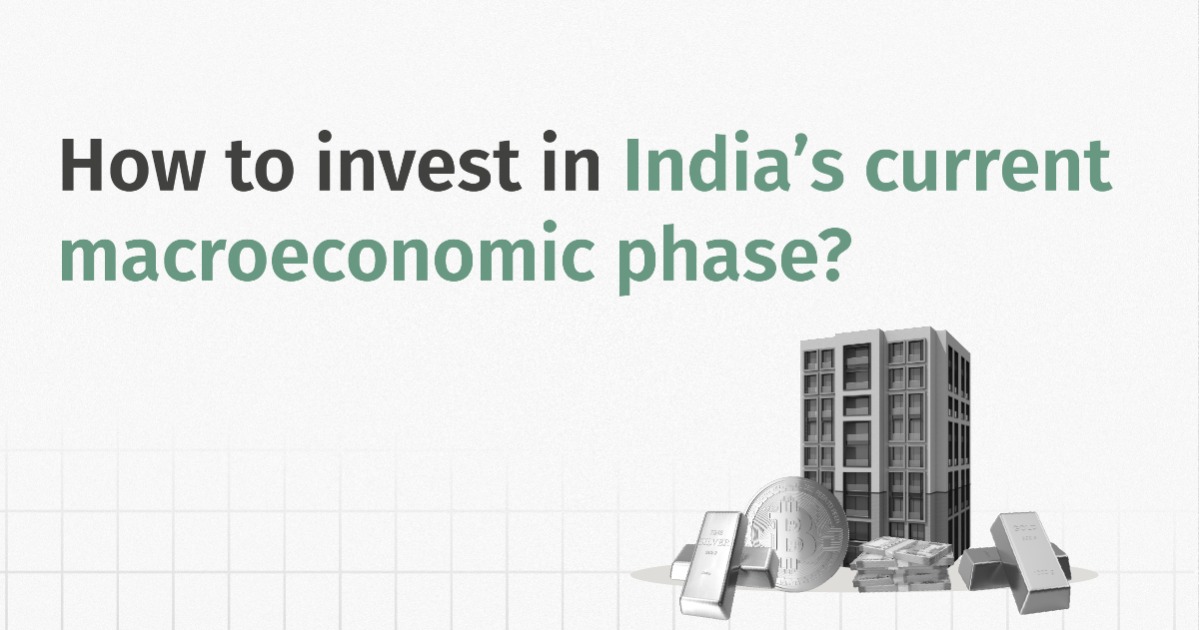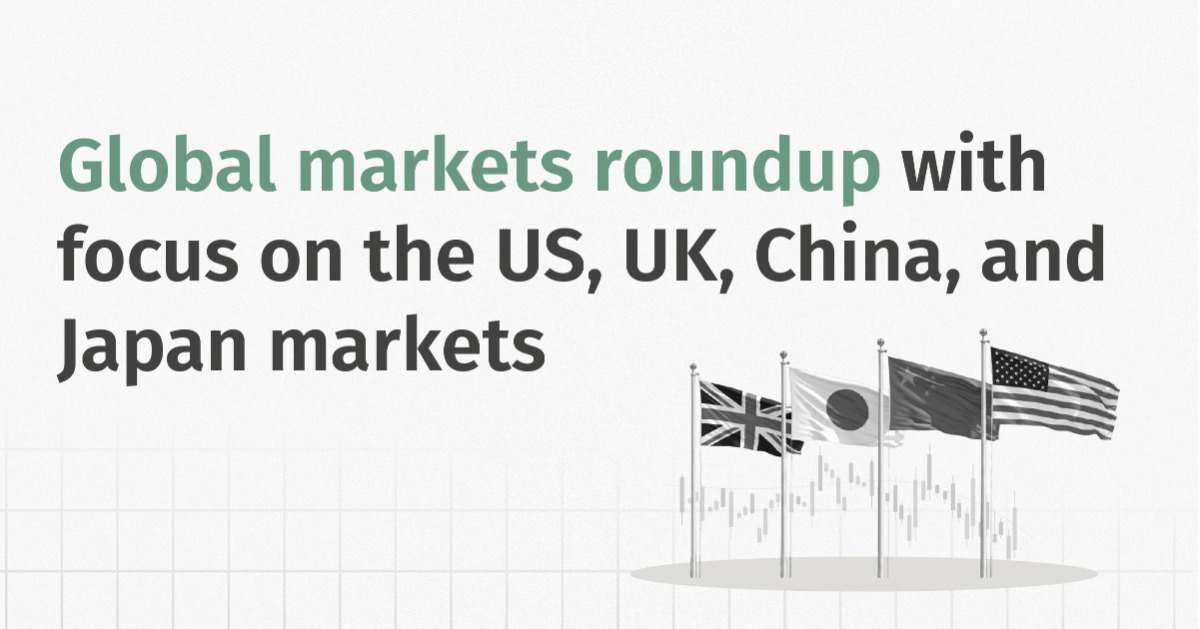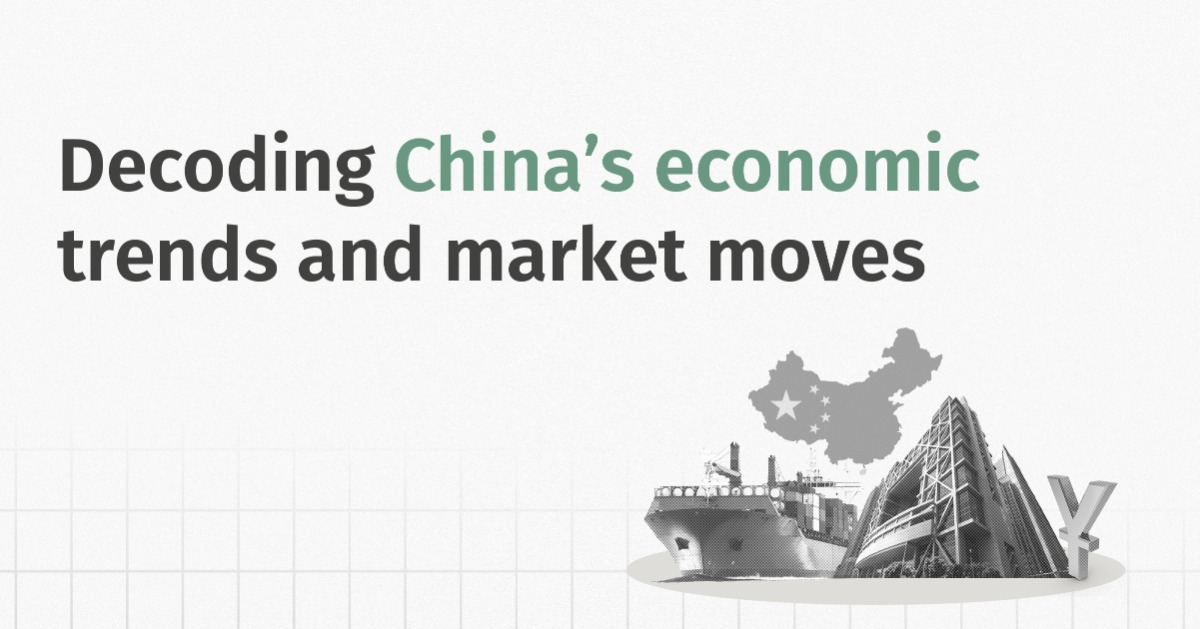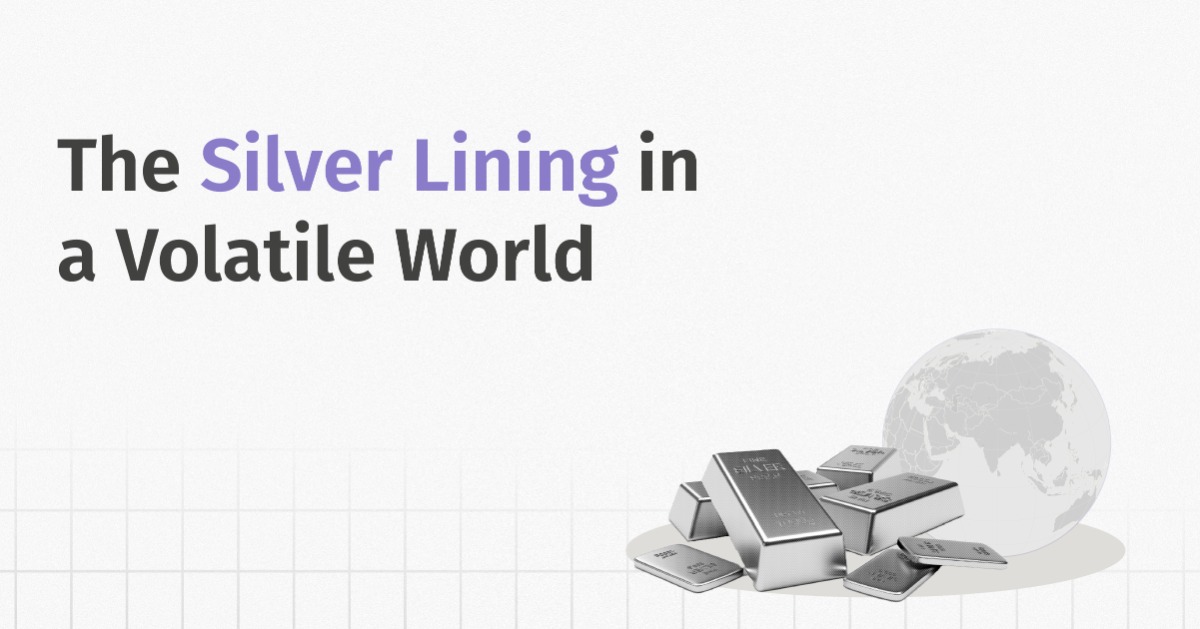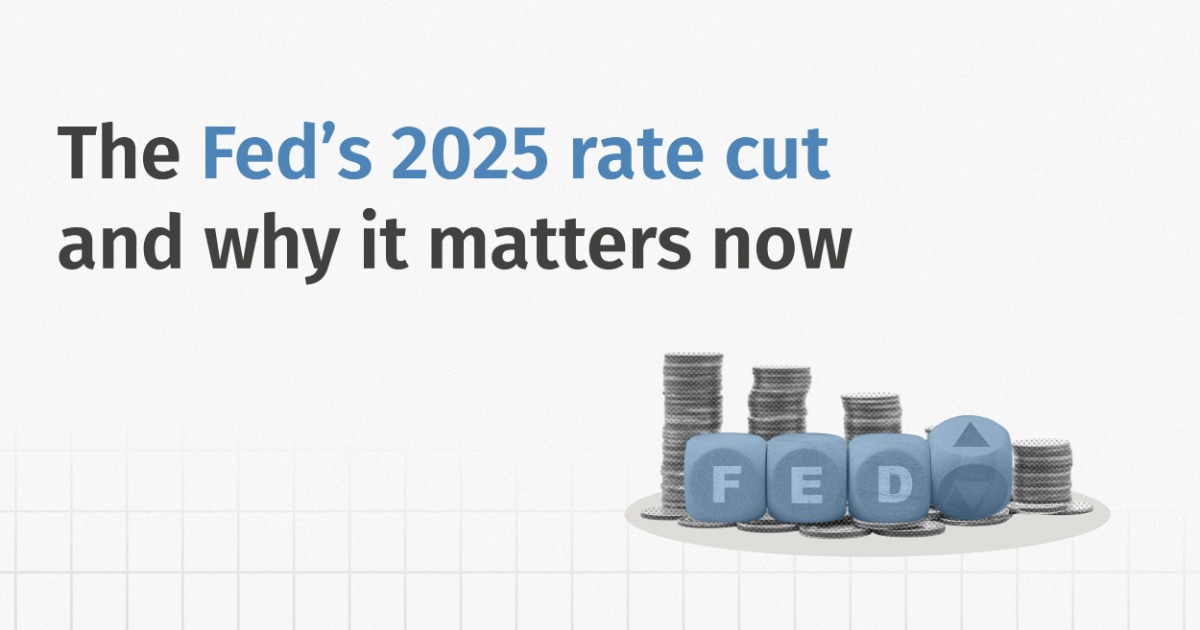Tight financial conditions cloud the global economic outlook
The prolonged tight financial and credit conditions amid persistent high inflation have slowed down the pace of global economic growth. Major central banks are cautiously retreating from their aggressive monetary tightening policies, but still maintaining relatively high interest rates. The US Federal Reserve, for a second consecutive time, decided to maintain the federal funds rate at 5.25% - 5.5%.
India continues to be the fastest-growing major economy
Despite the global headwinds, domestic demand continues to drive the growth momentum. High-frequency indicators, such as the composite PMI signal a sustained expansion, while the industrial and services sectors continued to grow albeit at a moderate level.
Bank credit witness robust growth
Demand for credit remains strong, evidenced by a 19.7% year-on-year increase in non-food credit extended by scheduled commercial banks as of 20 October 2023. The demand is particularly strong in the services sector and for retail loans (for non-housing purposes).
CPI inflation on a receding path
CPI inflation eased to a 4-month low of 4.89% in October largely due to deflation in the fuel and light category (-0.39%), coupled with a favourable base effect. While core inflation (excluding food and fuel) continued its downward trend, food inflation remained largely unchanged compared to the previous month.
Considerable outflows from FPIs
Foreign portfolio investors withdrew USD 2.15 billion from the Indian markets in October, the second highest in 2023. The last three months have seen a decrease in foreign exchange reserve accumulations as well. Since July, total forex reserves have decreased by USD 18 billion, standing at USD 586 billion in October.


